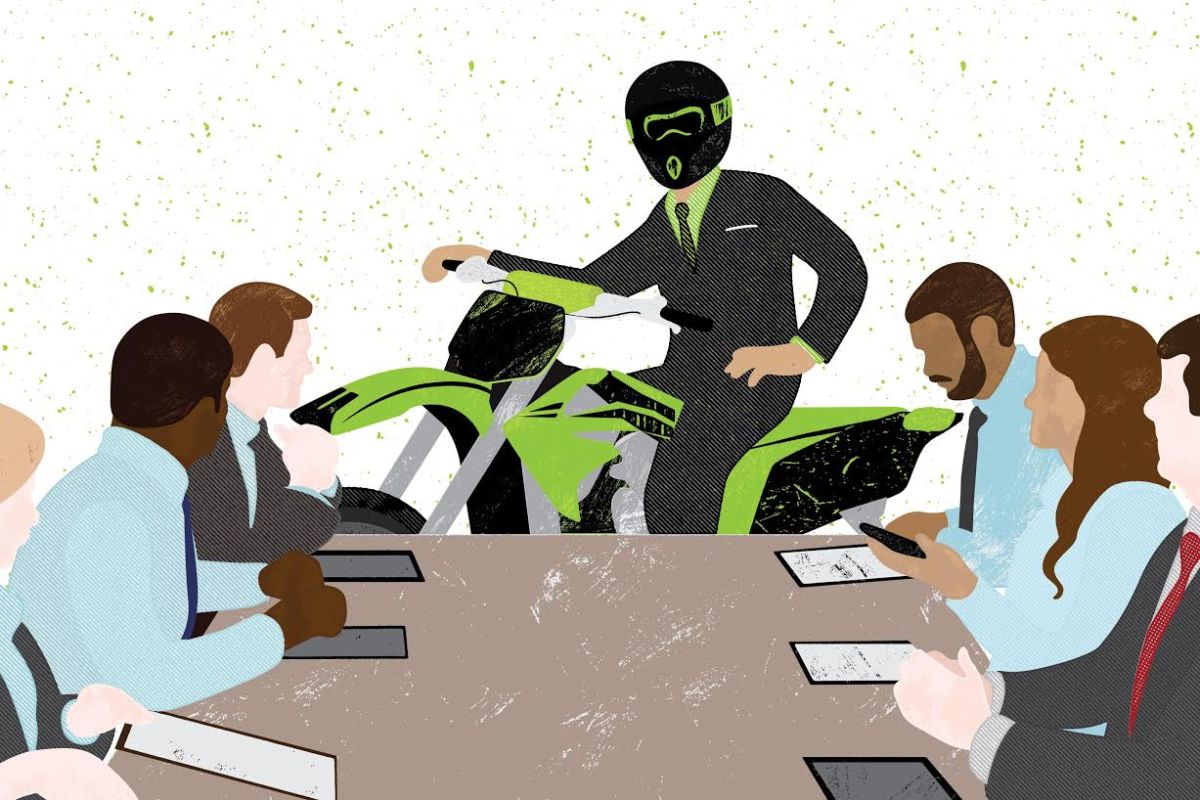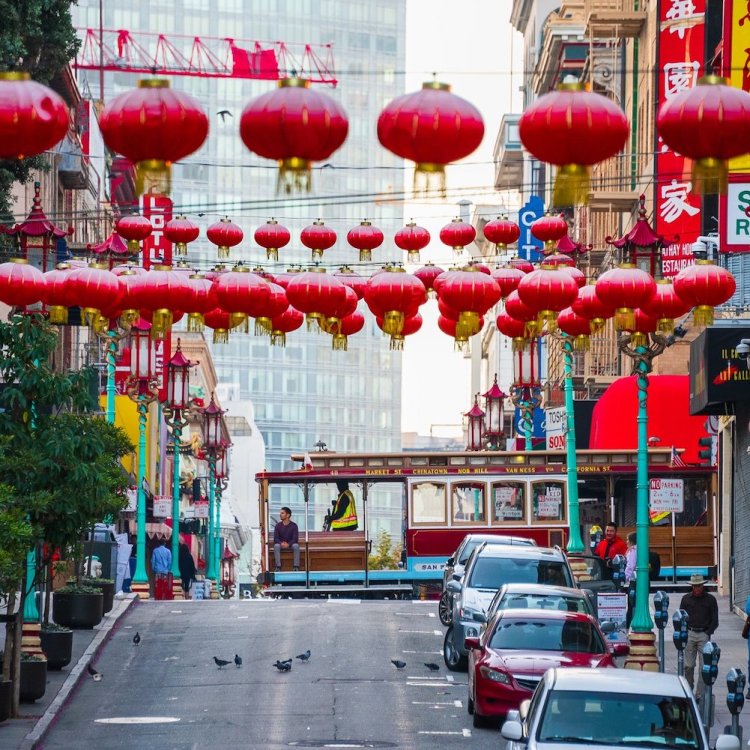As Tiger Woods marched to the 18th green during the 4th round of the 2019 Masters, victory was all but assured. He would simply need to two-putt from 15 feet away and, the way Woods had been playing all weekend, that was a gimme. So no one was stunned when he claimed his fifth career green jacket. Casual fans may have been surprised, though, to see caddie Joe LaCava pulling Tiger’s putter out of a golf bag adorned with a claw-scratched, neon-green “M.”
Tiger Woods is sponsored by Monster Energy drink?!
“That one of sports’ top earners, who used to pick and choose luxury cars and financial services to endorse, is now spread across the Southeastern United States in gas stations, grocery stores and Walmarts posing with a neon-green energy drink probably qualifies as another unexpected turn,” wrote Brendan Porath on SB Nation.
Maybe not, as I’ve actually come to learn that Tiger surprisingly fits the demographic of many Monster Energy drinkers.
Yes, for so long Monster Energy has been known as the sponsor of, not a country-club game for old fogeys, but NASCAR, professional bull-riding, extreme sports like snowboarding and motocross and Gronk. Or of millennial-aged musicians like Fetty Wap and Machine Gun Kelly. It has been seen as a drink of Cheeto-dust-covered gamers and zonked-out ravers and tank-top enthusiasts who love it so much they get the iconic can tattooed on their forearm.
But, like the 43-year-old Tiger Woods — who has actually been sponsored by Monster since late 2016 and does indeed drink the stuff — it turns out there’s long been a secret … let’s say, cabal of high-profile, older-than-you’d-expect Monster Energy lovers. They’re not as visible as Tiger, of course, but they’re just as successful in their respected fields — and often quite a bit embarrassed by their low-brow caffeination obsession.
“I’ll go to business meetings and everybody kinda laughs when they see me drinking it,” Andrew Puzder tells InsideHook. “‘Hey, aren’t you a little old for that?’”
The 68-year-old is technically retired, but was recently the CEO of CKE Restaurants (Hardee’s/Carl’s Jr.) and in 2016 was nominated as Trump’s Secretary of Labor. He favors the sugar-free Monster Energy Ultra, whose white cans he plucks every morning from a Monster-branded mini-fridge in his Nashville home, which sounds similar to how frat boys might chug their Monster.
“Only college kids drink that crap,” Michael Parrish DuDell recalls thinking the first time a Monster was put in his hand. The Manhattan-based author of Shark Tank: Jump Start Your Business and a noted television pundit, had, to that point in his life, caffeinated with Coke Zero. Out of options on a road trip back in 2013, he tasted the pink lemonade “Rehab” flavor and was immediately hooked, quickly adopting a two-can-a-day habit. Like Pudzer, he recognized the incongruity of a successful New York entrepreneur pounding the taurine-jammed drink, but at least he kinda had an excuse.
“Although I’ve lived in New York City for 14 years, I was born and raised in Central Florida,” Parrish DuDell jokes. “If anything, I felt my Monster habit was a charming throwback to my home state.” Nevertheless, even he admits to be ashamed at once having had to excuse himself from a Christmas dinner with an ex-girlfriend’s family to sneak out and grab a Monster.
For many of these unexpected fans, it was all about taste, with the saccharine sweet (over 50 grams of sugar per can), intensely flavored Monster filling a lifelong void in finding a form of caffeination that actually tasted good to them. DuDell had always detested coffee and categorically refused to touch the stuff, while Puzder spent decades jumping around, starting with tea like his dad drank, then favoring an obscure Coca-Cola product called NOS, which was launched in 2005 in packaging meant to look like a nitrous oxide tank. He was 54 years old when he finally discovered Monster in 2005 while negotiating to get it into his restaurants.
“It was much superior to what everybody else had, so I switched over,” he explains, of Monster, which now has nine different product lines (such as the coffee based Java and Maxx, made with nitrous oxide) with a variety of different flavors within each line. They started out with just one flavor, however, the SweeTart-tasting Original.
Monster Energy was introduced by fresh-fruit juice maker Hansen Natural Company in 2002. The name “Monster” was created after polling teenage boys, who would define the demographic that would propel the company from $50 million in sales in 2003 to over $4 billion today. All this occurred without any traditional advertising, but instead a targeted focus on their youthful demographic. As recently as 2017, Marianne Radley, Monster’s former senior vice president of marketing, explained that the brand’s “correct” audience was 18- to 30-year-olds.
“I’m much older than our demo,” the 45-year-old Radley casually noted.
(Monster brass rarely gives interviews, and likewise refused to talk to me.)

As a 40-year-old yuppie or a hipster (or whatever you think I am) living in highly gentrified Park Slope, Brooklyn, I don’t know anyone who drinks Monster; I’m not sure I’ve ever even tasted it myself. It’s not even available at my corner bodegas, whose cooler stock leans more toward artisanal kombucha, cold brew and coconut water. Even if I liked Monster, what would my fellow snooty writer friends think?
“I legit try not to drink it in public,” explains Tyler Marcum, a Los Angeles-based marketing manager in the tech space who inadvertently found that it was great at fending off hangovers. He’s been a fan for over a decade, leaning toward the non-carbonated lemonade and peach Rehab flavors, even if he hates the branding. “The first time I made my boyfriend go buy one for me, he asked me three times to make sure I said ‘Monster Energy Drink.’ I wish it came in a paper bag because the logo on the can alone makes it the Nickelback of energy drinks.”
While the brand’s core demographic may well be teenage boys playing Call of Duty, there clearly must be tons of other embarrassed older people chugging their Monsters in secrecy. The brand’s stock has improved a whopping 60,000 percent since 2000, making it the best-performing stock in the S&P 500 for this entire century. It’s an amazing stat considering Monster doesn’t seem to be anywhere close to as ubiquitous as its caffeinated competitors.
“I stock up when I find it,” explains Marcum. “The Rehab ones can be harder to find, but I’ve seen them in Target quite a bit, and most gas stations will have it.”
You might not be surprised to hear that, unlike coffee or Diet Coke or even Red Bull (the only energy drink that outsells it), Monster is not always easy for these titans of industry to procure, especially in hip coastal cities like New York and L.A. Pudzer recognizes that once he leaves the Monster-friendly confines of his hometown of Nashville, he’ll need to plan ahead. Recently on a business trip to Boston, he bought a couple cans in the Nashville airport post-TSA and then stashed them in his briefcase.
“And when we went to Paris, I mentioned it to some friends at Monster,” he adds. “They sent cans ahead to my hotel room so they would be there when I arrived.”
Meanwhile, DuDell recently decided to quit Monster cold turkey. His obsession had become too strong; frequently on the road for high-profile speaking engagements, he found himself always needing to scout ahead for what nearby gas stations and 7-Elevens might help provide his fix.
“I may or may not have Ubered a few times from my hotel to a nearby gas station. I may or may not have also walked distances of up to one mile on roads without sidewalks,” he explains. All this while staying in fancy hotels and getting paid upwards of five figures to give keynotes to CEOs and entrepreneurs. “‘I just need to take a walk and clear my head,’ I’d tell myself, coincidently strolling in the direction of a glowing RaceTrac sign.”
Join America's Fastest Growing Spirits Newsletter THE SPILL. Unlock all the reviews, recipes and revelry — and get 15% off award-winning La Tierra de Acre Mezcal.
























